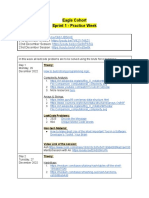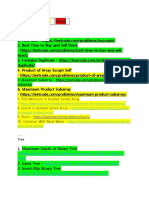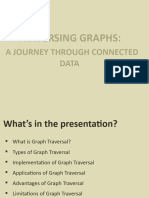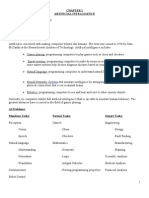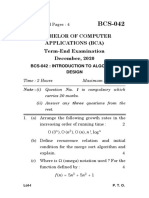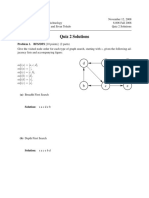0% found this document useful (0 votes)
10 views12 pagesCompititve Coding
The document outlines the syllabus for Competitive Coding courses across six semesters for B.Tech CSE and related programs. Each semester focuses on different aspects of competitive programming, including data structures, algorithms, recursion, dynamic programming, and graph theory, with specific session-wise details provided. The courses are designed to enhance problem-solving skills and prepare students for technical assessments and coding interviews.
Uploaded by
aruhichoudhary795Copyright
© © All Rights Reserved
We take content rights seriously. If you suspect this is your content, claim it here.
Available Formats
Download as PDF, TXT or read online on Scribd
0% found this document useful (0 votes)
10 views12 pagesCompititve Coding
The document outlines the syllabus for Competitive Coding courses across six semesters for B.Tech CSE and related programs. Each semester focuses on different aspects of competitive programming, including data structures, algorithms, recursion, dynamic programming, and graph theory, with specific session-wise details provided. The courses are designed to enhance problem-solving skills and prepare students for technical assessments and coding interviews.
Uploaded by
aruhichoudhary795Copyright
© © All Rights Reserved
We take content rights seriously. If you suspect this is your content, claim it here.
Available Formats
Download as PDF, TXT or read online on Scribd
/ 12

